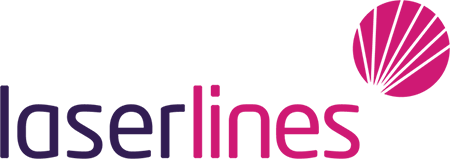As anyone who watched Clarkson’s Farm knows, farming is a costly business, and the profits can be slim. If Britain’s farmers are to thrive at a time of shrinking subsidies and increased competition, they need to minimise their capital outlay and ongoing costs. The more they can do to keep existing machinery running, and performing as well as it should, the better. Laser cladding brings the answer.
Precise cladding for longer-lasting parts
Whether tilling or bailing, harvesting or mixing, agricultural knives are among the most hard-working tools in any agricultural setting. Frequently coming up against hard earth or rocks, and being dragged along fields for hours at a time, they rely on a strong, durable finish – one that will protect them in use, and preserve them from this year’s harvest to the next.
In many cases, laser cladding is the solution to both achieving and maintaining that finish.
Laser cladding uses a laser to heat the work surface, so that when a clad layer, such as tungsten carbide, is added, it melts. As the two substances move beyond the working area, and out of range of the laser, they cool and fuse. The result is a fine layer of durable composite material, which is pore free, doesn’t crack, and requires the minimum of post processing.
Better yet, as the two elements are now a bonded compound, more technically known as a metallurgical joint, there’s no possibility of them chipping or peeling away from each other, however demanding their work.
Discerning and directional
Laser cladding is becoming more popular, and unseating traditional alternatives like thermal spray coating and arc welding, both of which have shortcomings. Thermal spray coating is more time consuming, requiring set-up and post-production, while arc welding is energy intensive (and energy inefficient), relying on a less steerable heat source that risks deforming the component being worked on. This, in turn, could hamper the tool’s performance – particularly if the process is repeated several times throughout its usable life.
More importantly, the precision with which the laser can be directed means the process is suitable for use on more complex parts, and, because it’s possible to work on a specific area without affecting other areas close by, service bureaux can be more discerning when servicing used equipment. It’s routinely used, for example, to coat just one side of a blade, while leaving the other in its natural state. As a result, the untreated portion slowly wears down through use, exposing the bonded section to create a self-sharpening knife.
Laser Lines can supply and advise on a range of laser cladding systems, including the Laserline LDF Diode Laser and LDM Diode Laser.
Call Laser Lines today on 01295 672588, or email info@laserlines.co.uk to discuss the possibilities of laser cladding in full.

